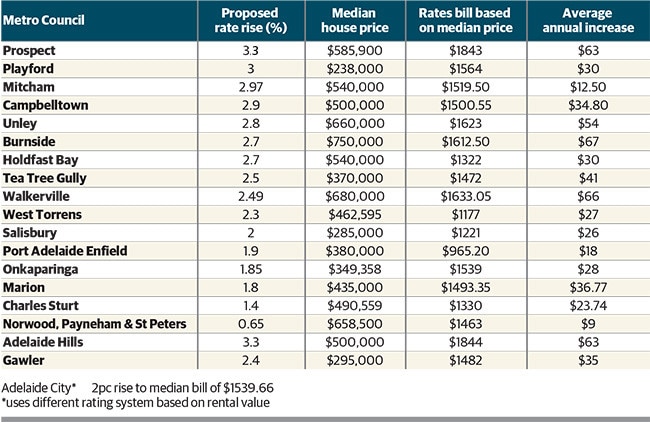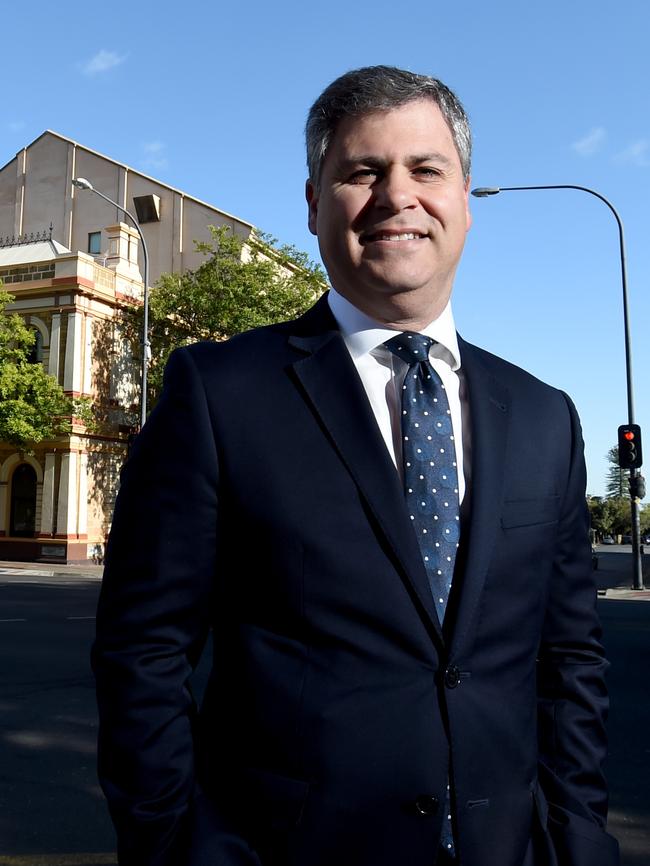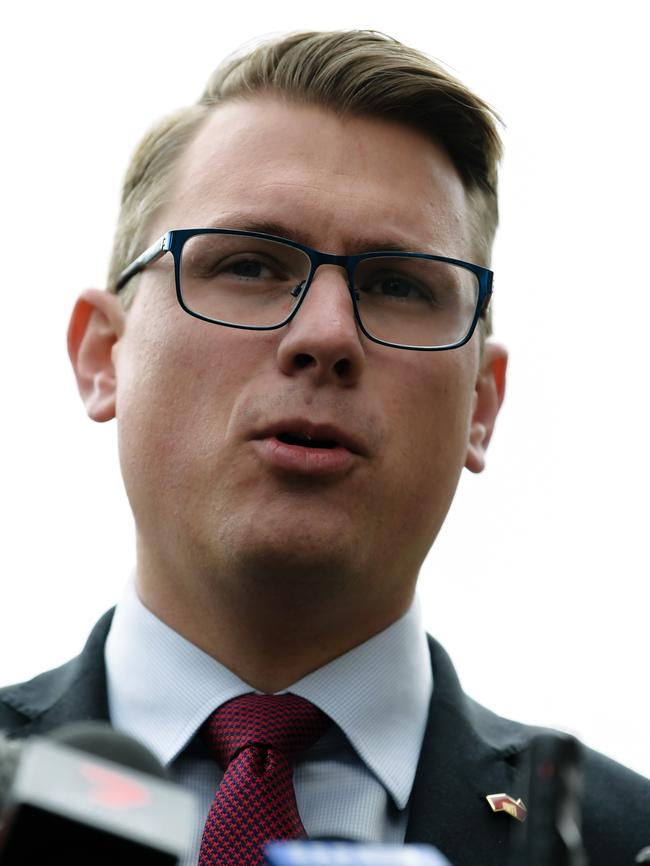Adelaide metro councils to raise rates by just 2.3 per cent on average
AS councils face a cap on rate rises, we’re told rates increases are out of control — so how much more can you expect to pay this financial year? The answer may surprise you.
Local
Don't miss out on the headlines from Local. Followed categories will be added to My News.
SOUTH Australian councils are finally “tightening their belts”, the Government says, in the face of accusations of profligate spending and claims that rates bills have been “spiralling” out of control.
Outrage over the Onkaparinga council credit card expenditure saga, and the State Government’s campaign to cap rates, have sharply focused the public’s attention on how councils spend ratepayers’ funds.
The Government is unmoved in its belief that capping council rates will protect households and business from big rate hikes — a belief that resonates in a state where the rising cost of living is a constant issue.
But the Local Government Association has warned that rate capping interstate has led to the scaling back of services and a backlog of crucial infrastructure projects.
Ahead of a couple of key weeks for the government’s bid to pass legislation that would limit council rate rises, The Advertiser has analysed the agreed or proposed rate rises of 18 predominantly metropolitan councils for the next financial year.

The analysis revealed that for the coming financial year, rates will increase on average by just over 2.3 per cent — on par with the Consumer Price Index for the 12 months to March this year and above the 1.9 per cent inflation rate.
The smallest increase is 0.65 per cent, or $9, for residents in Norwood, Payneham and St Peters Council, while the highest is a 3.3 per cent increase in Prospect, which translates to an average rates bill increase of $63.
Norwood, Payneham and St Peters mayor Robert Bria said the rise was originally going to be 0.81 per cent, but after community consultation, it was further limited.

“We found a way to limit the rise as much as possible,” he said. “I think we owe it to our ratepayers to do it.”
He says councils that now have low rate rises could use a rate cap to justify increases.
“It is naive to thing that rate-capping is the silver bullet that it’s been described as,” he said.
Prospect Mayor David O’Loughlin said its rate rise would help pay for a $17.8 million community centre and library.
Mr O’Loughlin — also the president of the Australian Local Government Association — said the general low rate rises showed council rates were not out of control.
“We are actually below the price index for local government,” he said.
“We have been whacked a lot recently but this shows that councils can be financially responsible without a rate cap.”
Adelaide City Council will freeze the rate in the dollar for the fourth consecutive year but the average residential rate bill will rise by 2 per cent, while commercial properties will have an average 1.84 per cent increase.
Earlier this year, the State Government released analysis that it claimed showed council rates had skyrocketed at almost three times the rate of inflation and that rates revenue had risen by 67 per cent since 2008, compared with a 31 per cent rise in the Local Government Price Index.
Local Government Minister Stephan Knoll — who is trying to convince crossbenchers to support the rate-capping policy — said the debate on rate capping was having an impact on bills.
“It’s welcome news that councils now appear to be tightening their belts and, on average, reducing the size of their rate hikes,” he said.
“I think that we’re now starting to change the conversation and the local government sector is willing to work collaboratively with the State Government on broader reforms to benefit ratepayers and improve services.
“However, over the last 10 years, we’ve seen council rates increase at three times the rate of inflation over that same period.

“There’s no question that a rate cap is needed to ensure South Australian households and businesses are protected from massive and unjustified rate hikes.”
But Mr O’Loughlin said that taking a 10-year view of council rate movements was not telling the whole story.
“It was pretty grim for local government financially in about 2006,” he said.
“So over the next five or six years, they had to raise money and how do you do that in local government without cutting services? You raise rates.
“The alternative to that is councils go broke and then the State Government steps in.
“But over the last five years, the CPI has dropped and critically, EBA (enterprise bargaining agreement) increases have dropped, so council rates have been able to drop.
“Those last five years are the crucial ones because it shows that under the right conditions, councils have been able to really limit rate rises.”
LGA president Sue Clearihan said if councils could limit rate rises, then the Government should look at limiting rises for fees such as the Solid Waste Levy — which will increase by 15 per cent.
“Efficiencies have been achieved despite pressure from State Government cost-shifting, which is now adding around 1 per cent to annual council rates increases,” she said.
“Constant increases to the Solid Waste Levy, mandatory 75 per cent rate rebates for community housing, and Rubble Royalties are costing South Australian ratepayers millions of dollars every year.
“If the Essential Services Commission of SA is to be given the power to set council rates, it’s worth considering whether they should also set the State Government fees and levies that impact on council budgets.”


